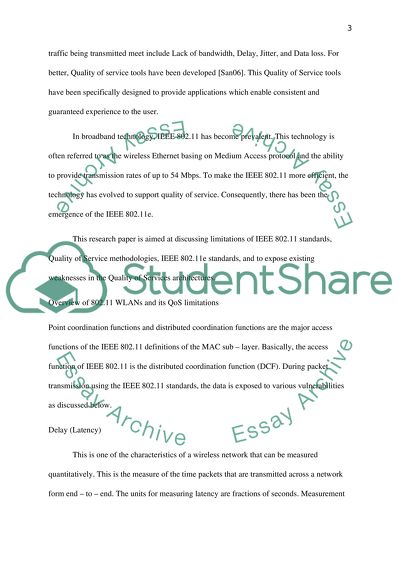Cite this document
(“QoS and network monitoring on Linksys consumer devices (Wireless Research Paper”, n.d.)
QoS and network monitoring on Linksys consumer devices (Wireless Research Paper. Retrieved from https://studentshare.org/information-technology/1484884-qos-and-network-monitoring-on-linksys-consumer
QoS and network monitoring on Linksys consumer devices (Wireless Research Paper. Retrieved from https://studentshare.org/information-technology/1484884-qos-and-network-monitoring-on-linksys-consumer
(QoS and Network Monitoring on Linksys Consumer Devices (Wireless Research Paper)
QoS and Network Monitoring on Linksys Consumer Devices (Wireless Research Paper. https://studentshare.org/information-technology/1484884-qos-and-network-monitoring-on-linksys-consumer.
QoS and Network Monitoring on Linksys Consumer Devices (Wireless Research Paper. https://studentshare.org/information-technology/1484884-qos-and-network-monitoring-on-linksys-consumer.
“QoS and Network Monitoring on Linksys Consumer Devices (Wireless Research Paper”, n.d. https://studentshare.org/information-technology/1484884-qos-and-network-monitoring-on-linksys-consumer.


